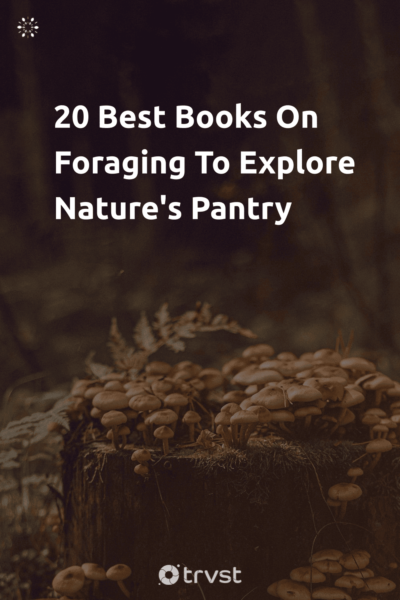20 Best Books On Foraging To Explore Nature's Pantry
Over the years, foraging has become popular among people looking to source fresh, healthy food and connect with nature. It is an age-old practice with several foraging books and guides scattered across the market. Unfortunately, the practice of foraging has come with lots of misinformation, making it a little intimidating for many people.
You've come to the right place if you’re in this category or are simply curious about foraging. In this article, we have unearthed some of the top books on foraging from people with knowledgeable experience.
Whether you’re just starting your foraging journey or already a pro, you’re sure to find excellent books to guide you.
Related Read: If you can't access an ideal foraging area, learn how to start your own apartment garden. Also, check our plant quotes that will inspire your green thumb.
What is foraging?
Before we dive into our list of foraging books, let’s take it back to the basics. What exactly is foraging? Foraging involves searching and collecting wild food resources like mushrooms, herbs, fruits, and uncultivated plants.
It was a normal part of life, with many households picking fruits and herbs to make delicious meals. Today, foraging expeditions have declined due to urbanization. As awareness of our environment increases, more people are rediscovering its benefits. It also benefits our health since foraged food contains more nutrients.
20 Best Foraging Books You Can Buy
Quick links to the 20 best books on foraging we've featured:
- Identifying And Harvesting Edible And Medicinal Plants in Wild (and Not So Wild) Places
- The Forager’s Harvest
- Nature’s Garden: A Guide to Identifying, Harvesting and Preparing Edible Wild Plants
- Incredible Wild Edibles
- Backyard Foraging
- Forage, Harvest, Feast: A Wild-inspired Cuisine
- The Wild Wisdom Weeds: 13 Essential Plants for Human Survival
Identifying And Harvesting Edible And Medicinal Plants in Wild (and Not So Wild) Places by Steve Brill
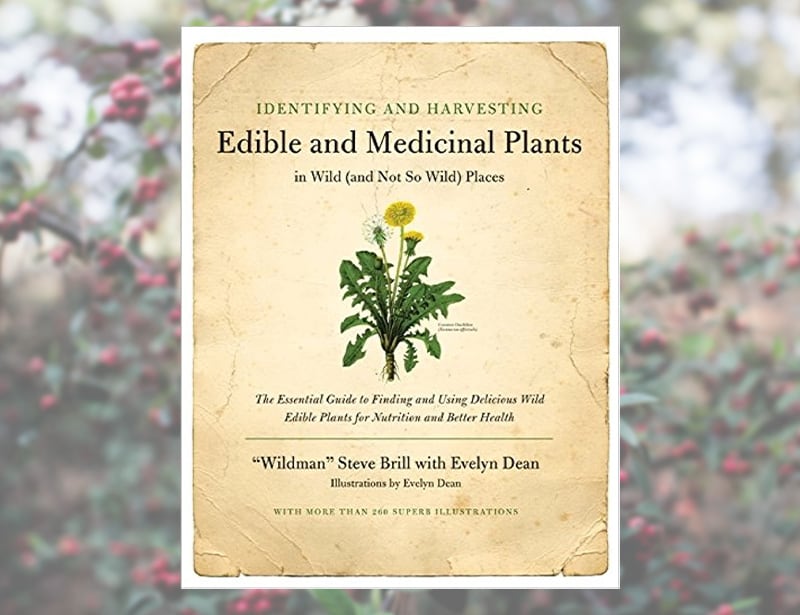
Identifying And Harvesting Edible And Medicinal Plants in Wild (and Not So Wild) Places by Steve Brill and Evelyn Dean is one of the most comprehensive foraging books you would read. The foraging book covers 500 plants, including medicinal wild plants in seasons.
It also includes over 260 beautifully illustrated and detailed line drawings to help you identify various plants. This book may be informative and valuable if you want to expand your diet and improve your health.
The Forager’s Harvest by Samuel Thayer
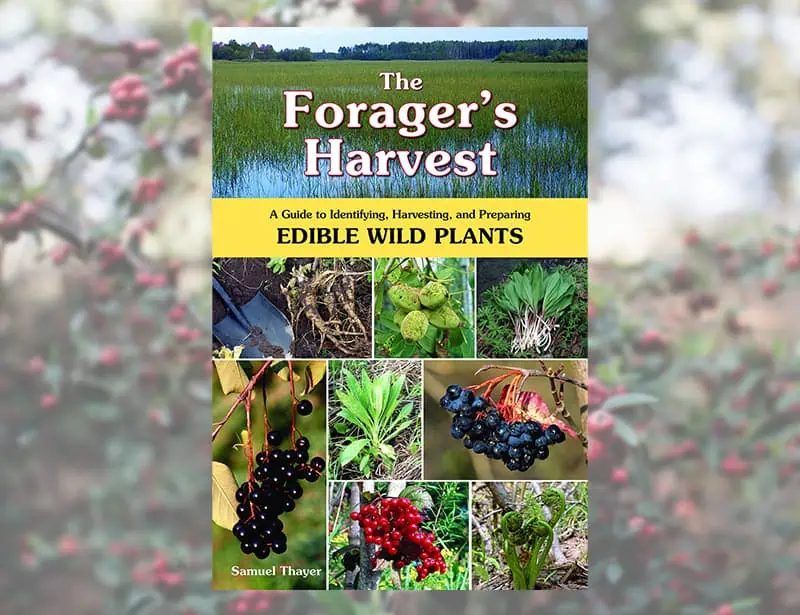
Samuel Thayer’s books are a good place to start if you're new to foraging. The Forager’s Harvest is a foraging guide on 32 of North America's most common edible plants.
It provides detailed information about a selection of plants, where you can find them, how to harvest them, which parts of the plants you can use, their culinary uses, their cultural history, and conservation using personal anecdotes.
Samuel Thayer shares his experience with each of these plants. He corrects some misconceptions with facts, making it an excellent foraging book no matter where you are in your journey. However, this book covers fewer plants.
Nature’s Garden: A Guide to Identifying, Harvesting and Preparing Edible Wild Plants by Samuel Thayer
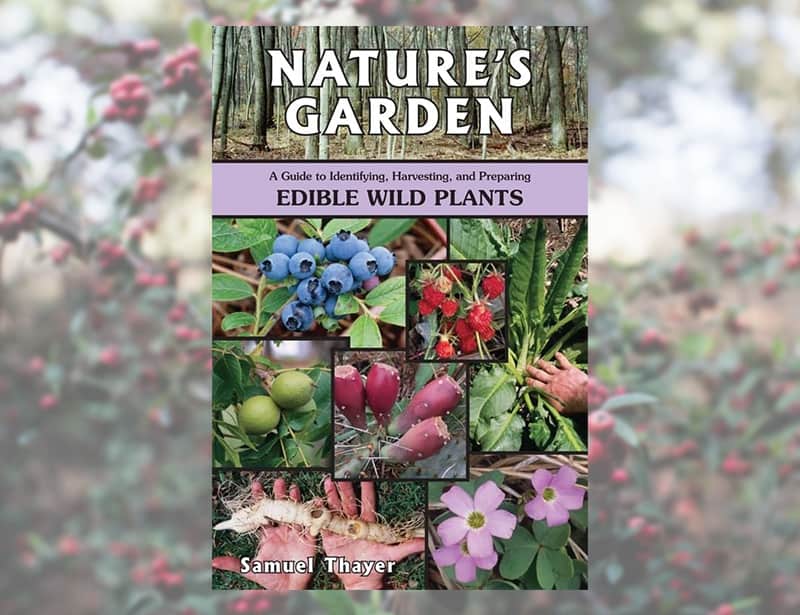
Nature’s Garden is another Samuel Thayer book that describes 41 plants in a wider geographical area.
Like the first, the book focuses on how to uncover these plants, which parts of them you can use, how to harvest them, their cultural history, and much more in greater detail. He also includes personal experiences and wonderful stories that make this book both educating and entertaining.
Remember that the plants examined are distinct from those in The Forager’s Harvest.
Incredible Wild Edibles by Samuel Thayer
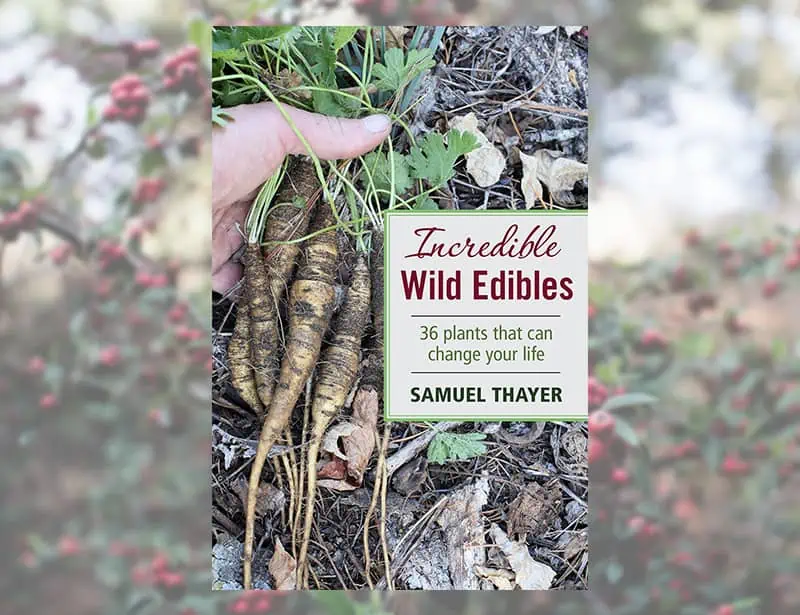
Published in 2017, Incredible Wild Edibles is the third on our list of Samuel Thayer books. You will find 36 wild edible plants growing in North America, including root vegetables, culinary herbs, tea, fruits, berries, nuts, shoots, etc.
Each plant represents different geographical locations, from large cities to wild mountains. The book also includes plants from the south, like persimmons, and some from the west, like strawberry spinach.
If you’re just starting, you will find this book fully accessible. On the other hand, it is also an excellent resource for experienced foragers.
Apart from answering major questions in the minds of new and experienced foragers, scattered across the book are over 350 color photos, providing beautiful illustrations for plant identification. The images also show you how to use each plant and the right stage for collection.
Samuel Thayer includes his humorous writing style and uses anecdotes and real-life experiences.
Backyard Foraging by Ellen Zachos
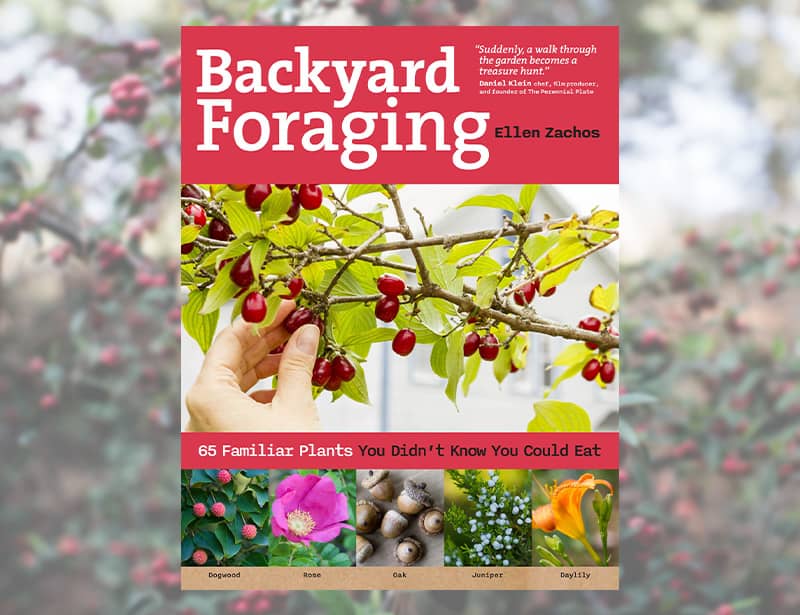
Backyard Foraging is another golden book for beginner foragers who do not want to find wild edibles. The book covers 70 flowers, mushrooms, edible weeds, and ornamental plants growing in your backyard or neighborhood.
For easy plant identification, this foraging guide uses beautiful color photos. You will also find tips on subjects like pesticides, pollution, common plant locations, and identifying dangerous flora.
Forage, Harvest, Feast: A Wild-inspired Cuisine by Marie Viljoen
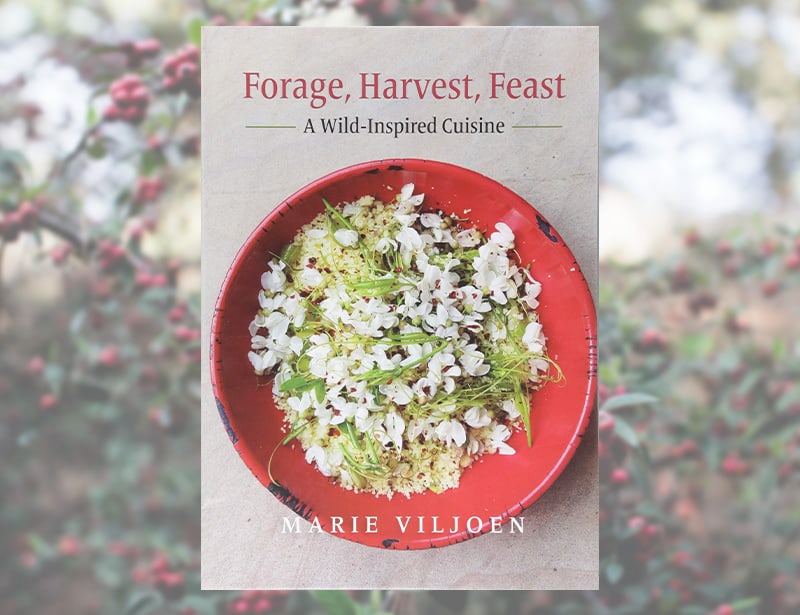
If you are a forager looking to transform wild plants into delicious recipes, this is one book you want to add to your shelf.
Marie Viljoen, a forager and kitchen gardener, includes wild ingredients into everyday menus. She works with 36 versatile wild plants and farmers' markets to offer over 500 master recipes and variations on bread, desserts, cocktails, ferments, spices, salts, etc.
The book includes simple recipes and sophisticated dishes. She thoroughly examines each unfamiliar ingredient to help you understand each plant’s character.
You will find hundreds of colorful photos for easy identification and cultivation tips for plants you grow at home.
The Wild Wisdom Weeds: 13 Essential Plants for Human Survival by Katrina Blair
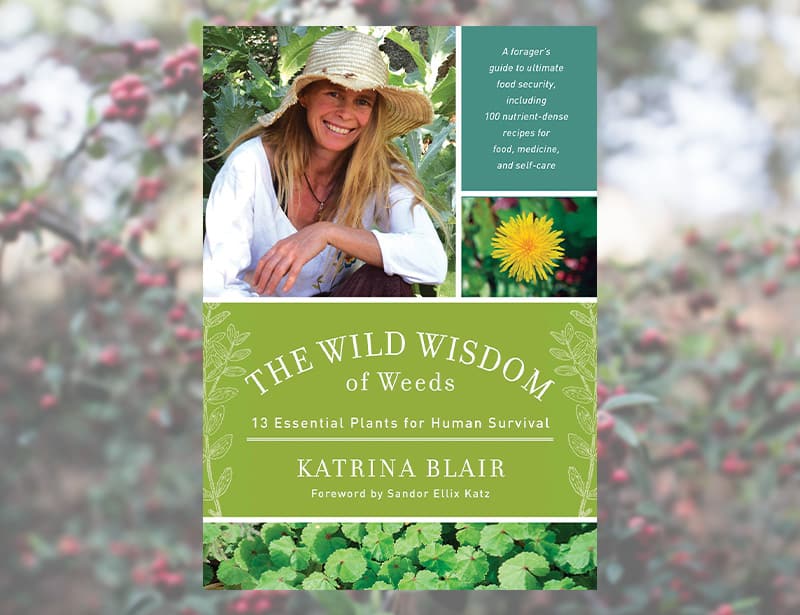
The Wild Wisdom Weeds is a foraging book that covers thirteen edible weeds from all around the world. It opens the eyes of the reader to see the wisdom in some of these weeds and how each plant is excellent for food and has medicinal properties.
These thirteen plants are dandelion, mustard, grass, mallow, purslane, chickweed, clover, lambs quarter, knotweed, plantain, thistle, amaranth, and dock. These plants grow everywhere and contribute to the regeneration of the earth.
The book also includes over a hundred recipes that can help you turn these plants into wild food and even personal care products. More than being a guide for wild edibles, this book uncovers wisdom for survival.
Ugly Little Greens by Mia Wasilevich
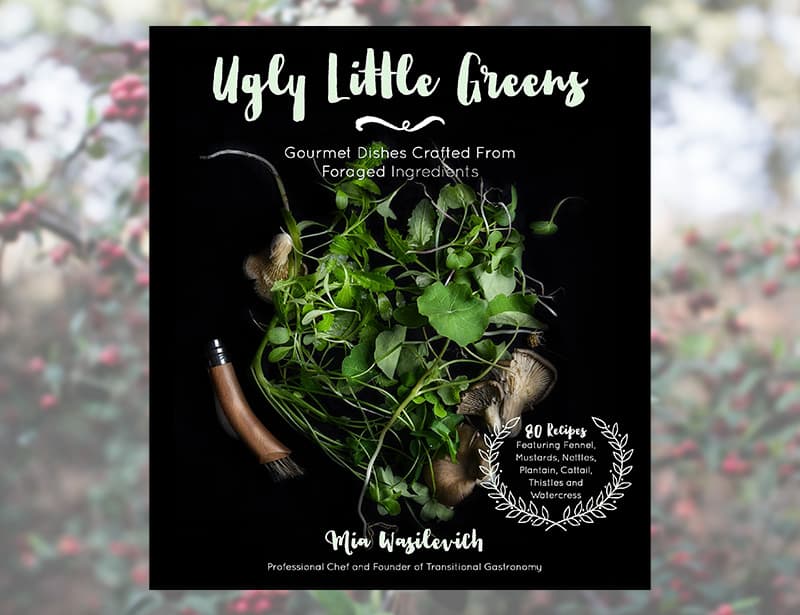
Ugly Little Greens reveals some misconceptions about weeds. And it is one of the best foraging books for people who want to take their kitchen game to another level. While you may typically ignore some of the weeds mentioned in this book, the author exposes that these are great ingredients for preparing unique dishes.
Mia Wasilevich shares dishes created over the years, being a professional chef and a forage educator. Apart from greens, you will also find a collection of other plants that grow in temperate and subtropical climates. The book contains delicious wild food recipes and colorful photos to help you prepare excellent meals easily.
The New Wildcrafted Cuisine by Pascal Baudar
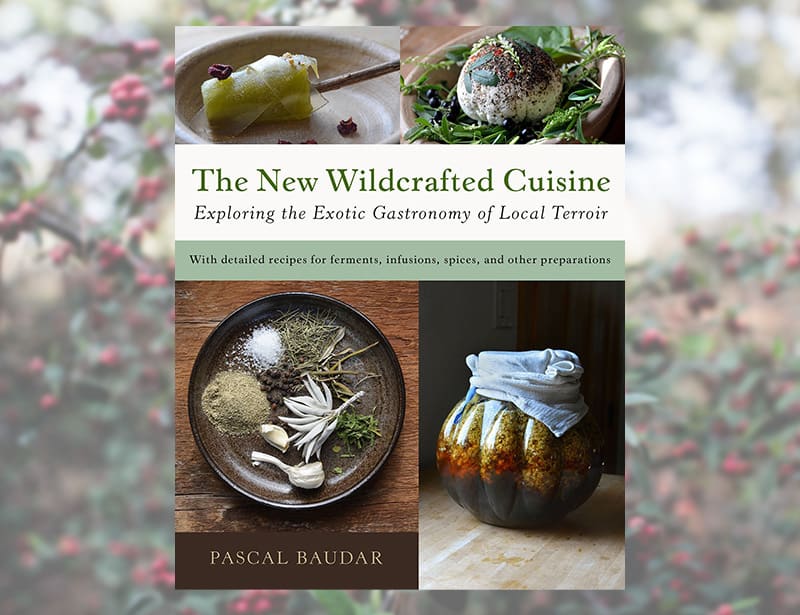
Packed with exciting recipes, this book explores how to incorporate wild foods into your meals. It has lots of photographs and instructions to help you prepare various meals, including Wild Kimchi Spice, Wild Mustards, Currant Capers, Wild herbs, and much more.
If you are a chef or are simply adventurous, this book will undoubtedly inspire you to explore a variety of plants in your kitchen. This book covers plants you can find in temperate locations worldwide, while others are growing in Mediterranean climates.
Self Sufficiency: Foraging for Wild Foods by David Squire
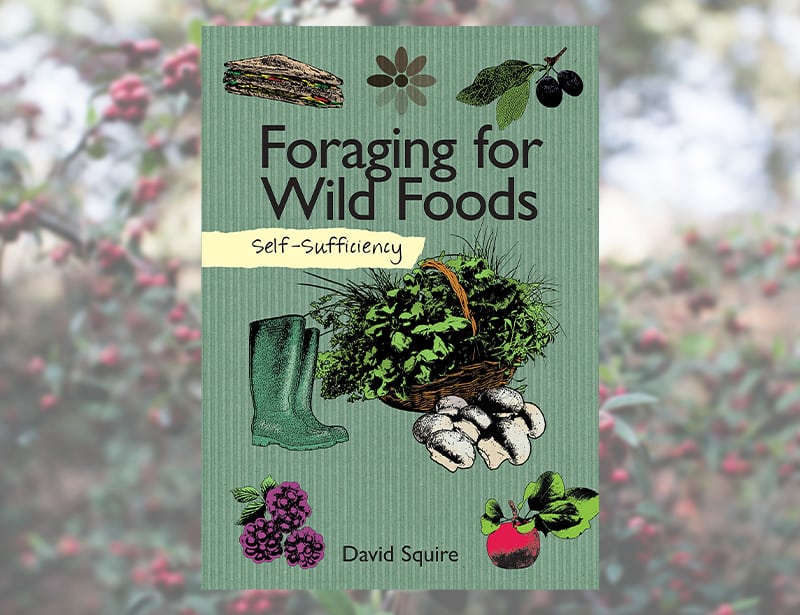
Self Sufficiency is one of the best foraging books for beginners, simplifying the practice of foraging wild foods. The book's content is divided into sections for herbs, fruits, nuts, mushrooms,
seaweed, and wild plants. With this book, you can identify foods right in your backyard. With illustrations and tips, David Squire shares information on how to collect and store wild foods. He also adds a section on preparing and eating your foraged finds.
If you want to switch to fresh and chemically free foods, this book teaches you how to take advantage of native plants in your garden.
Wild Food: A Complete Guide for Foragers by Roger Phillips
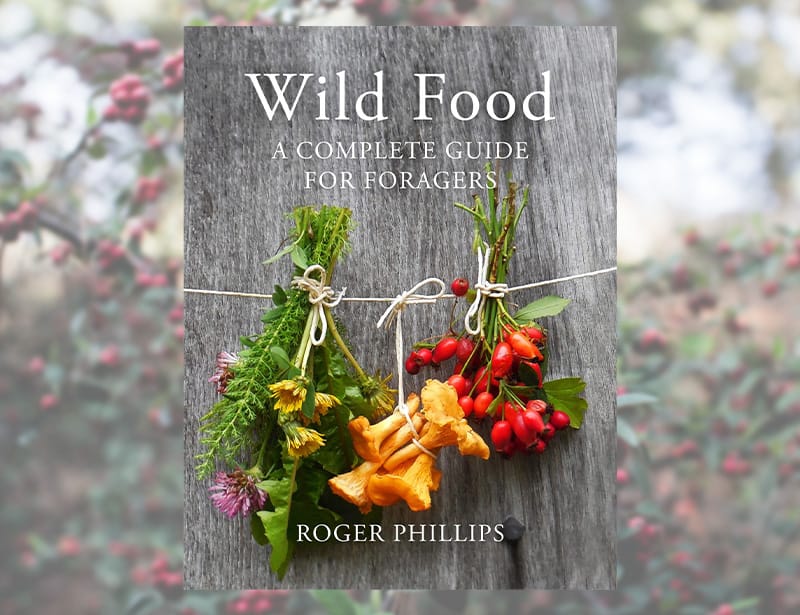
In Wild Food, Roger Phillips features the history of plants and how our ancestors used these plants. With hundreds of plants and illustrations, this book identifies common vegetables, herbs, wild mushrooms, seaweed, bark, and berries.
You'll also find over a hundred recipes for preparing delicious meals and drinks. This book is a great inspiration for both people who are new and experienced foragers.
The Forager Handbook: A Guide to the Edible Plants of Britain by Miles Irving
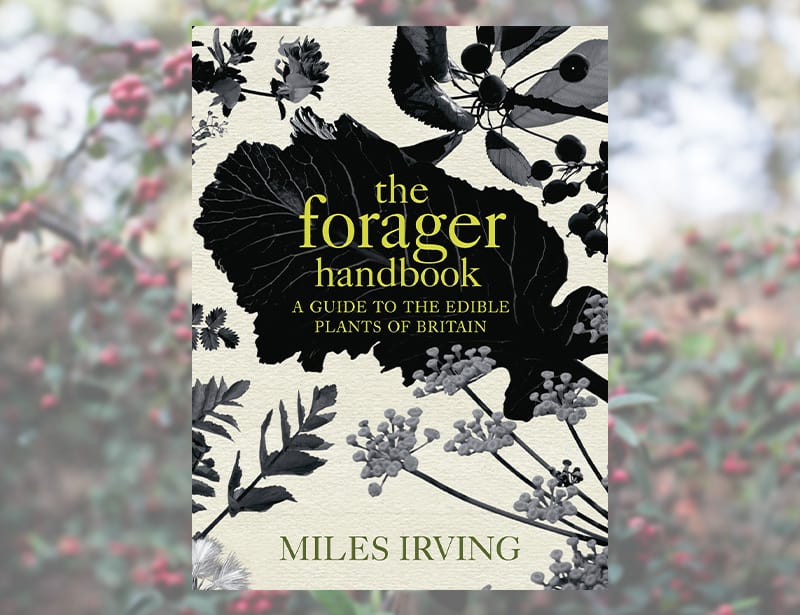
Miles Irving is an experienced forager and shares some of his acquired knowledge in this book. The Forager Handbook is one of the best foraging books that focuses on native plants in the United Kingdom and ingredients found in different cities and different seasons.
With over 300 photos and anecdotes, this book comes with detailed information on how to use these plants and ingredients in the kitchen. Some of these plants include nettles, dandelions, fat hens, and so on.
The book also covers techniques and skills like pickling and drying and, in general, is an informative guide for foragers with experience.
Stalking the Wild Asparagus by Euell Gibbons
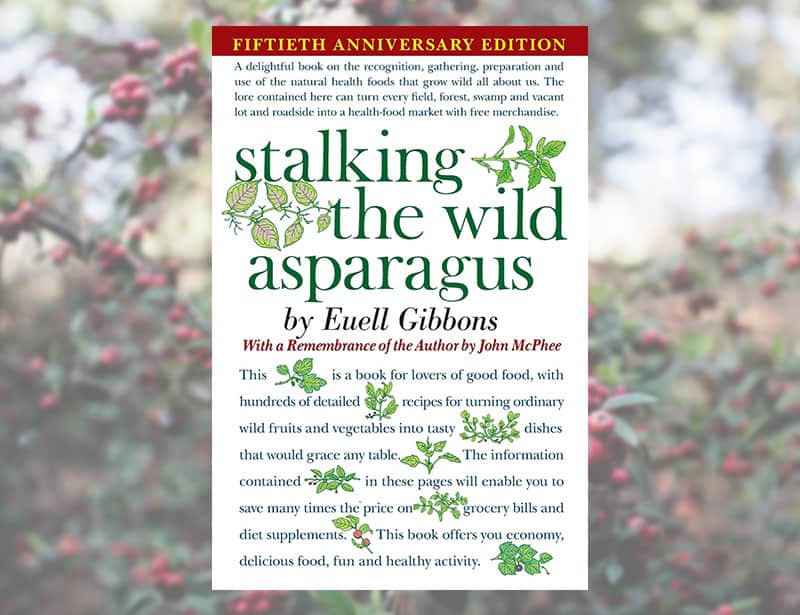
First published in 1962, this is one of the oldest and best books on foraging. You will find all you need to know about foraging in this book. From detailed plant information to cooling tips, recipes, and foraging philosophy.
You can find vegetable and casserole dishes, breads, cakes, and other recipes. The book also shows you how to make jams, jellies, and teas.
The book uses line drawings and personal anecdotes that may entertain you. You are sure to find something from different climates in the world.
Edible Wild Plants: Wild Foods from Dirt to Plate by John Kallas
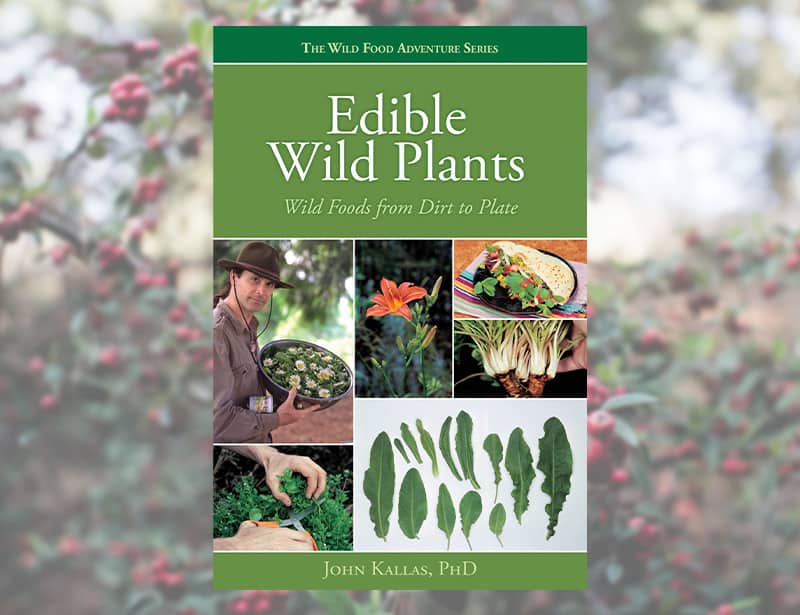
Edible Wild Plants is one of our favorite foraging books on wild edible greens. You can find wild greens all over the world, and this book reveals how to find food sources in temperate climates.
The book covers fewer plants in greater detail. And it includes detailed species descriptions, nutritional profiles, and beautiful photographs, making it a valuable resource for foragers.
This book divides plants into four categories of flavors: foundation, pungent, tart, and bitter, helping you use these edible greens in predictable ways. Whether you’re looking to identify plants you can eat for survival or you simply want to incorporate more natural foods into your diet, you will find extensive information to guide you.
Edible Wild Plants: Eastern and Central North America by Lee Allen Peterson
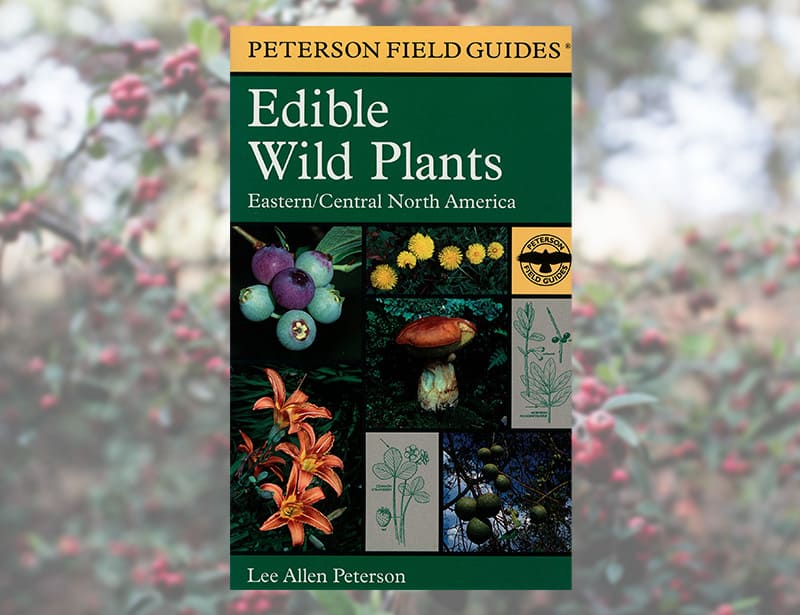
If you are in the eastern and central parts of the United States, this will be an invaluable resource to teach you more about foraging and help you identify edible plants. The book covers over 370 edible plants and 37 poisonous plants that look alike.
It also includes 400 drawings and 78 color photos showing how to identify each plant species. A list of plants by season, habitat descriptions, and preparation instructions for different food uses are also in this book.
Written by Lee Allen Peterson and Roger Tory Peterson, these authors are experts in foraging and have written other books on edible and medicinal plants.
Forage: Wild Plants to Gather and Eat by Liz Knight, Rachel Pedder-Smith
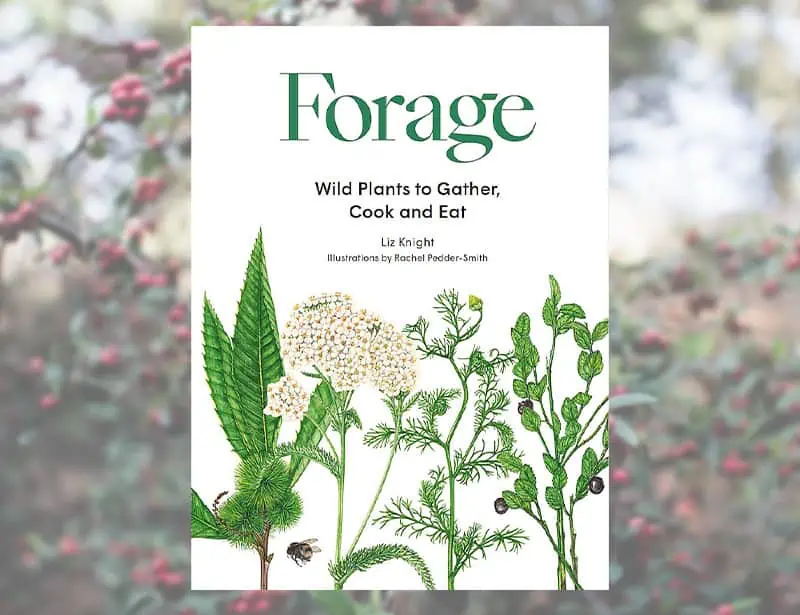
This foraging book is an informative guide covering 50 common edible plants worldwide. If you love to cook, this book contains unique international recipes to prepare these edible plants for eating.
You can find basic information on plant identification and their habitats. While there are no colored photographs, you can see color sketches that make it easy to digest.
Edible Mushrooms: A Forager’s Guide to the Wild Fungi of Britain, Ireland, and Europe by Geoff Dann
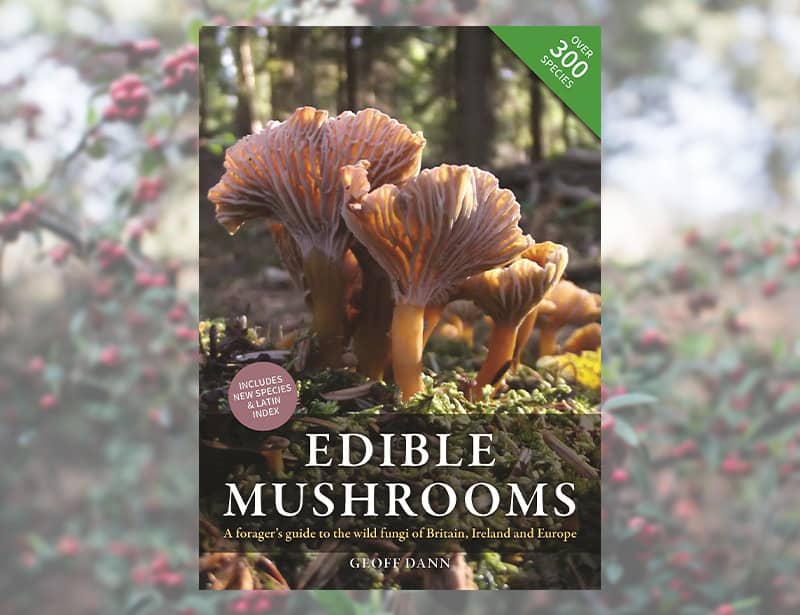
This guide is one of the best foraging books covering the most common edible mushrooms. This book will teach you how to distinguish edible from poisonous ones. You also learn the best times for foraging mushrooms and how to identify threatened species. The book also has lovely photos showing each mushroom species in its natural habitat to help you quickly identify them.
Whether you’re a beginner or an expert, you will likely find this book incredibly valuable.
Best regional foraging series
Here are some foraging books that include information specific to certain regions:
Southeast Medicinal Plants: Identify, Harvest, and Use 106 Wild Herbs for Health and Wellness (Medicinal Plants Series) by CoreyPine Shane
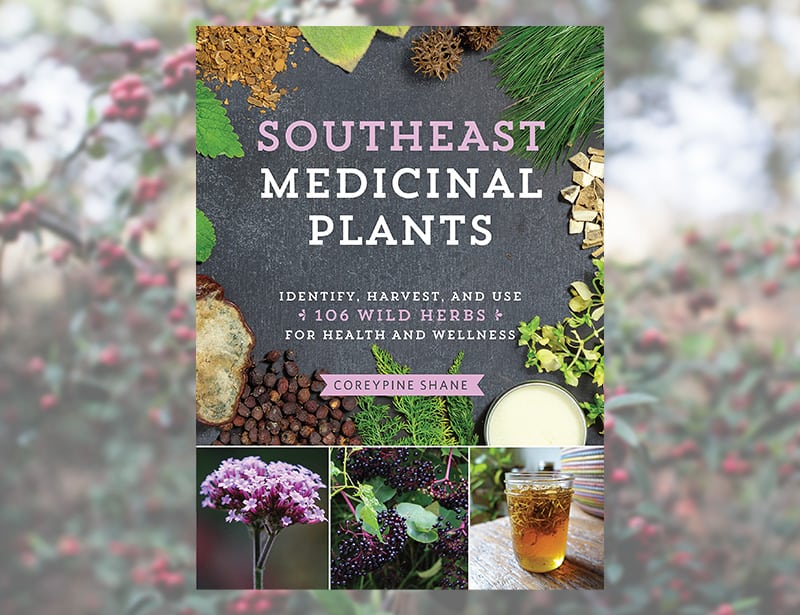
This book by Corey Pine Shane is a trusted guide for locating, identifying, harvesting, and using some of the most powerful Wild and medicinal plants in the Southeast United States. The book dives into 106 plants and shows readers how to use wild plants for herbal remedies like tea and salves.
The author plant profiles, color photographs, medicinal uses, herbal preparations, and how to harvest herbs. In addition, the book provides some guides on mushroom foraging.
Midwest Medicinal Plants: Identify, Harvest, and Use 109 Wild Herbs for Health and Wellness (Medicinal Plants Series) by Lisa M. Rose
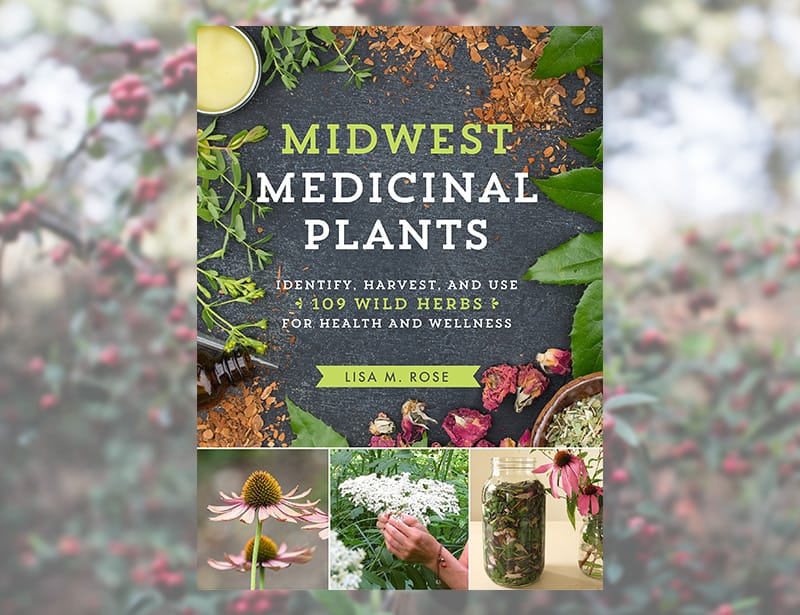
In this book, Lisa takes you through a foraging course to find, identify, and harvest plants for medicinal uses. You will find 120 of some of the most potent plants within the region and learn how to use plants for herbal medicines.
The book has colorful illustrations and tips, herbal preparations, and harvesting techniques, making it a great resource for herbalists and naturalists within the Midwest region of the United States.
Pacific Northwest Foraging: 120 Wild and Flavorful Edibles from Alaska Blueberries to Wild Hazelnuts by Douglas Deur
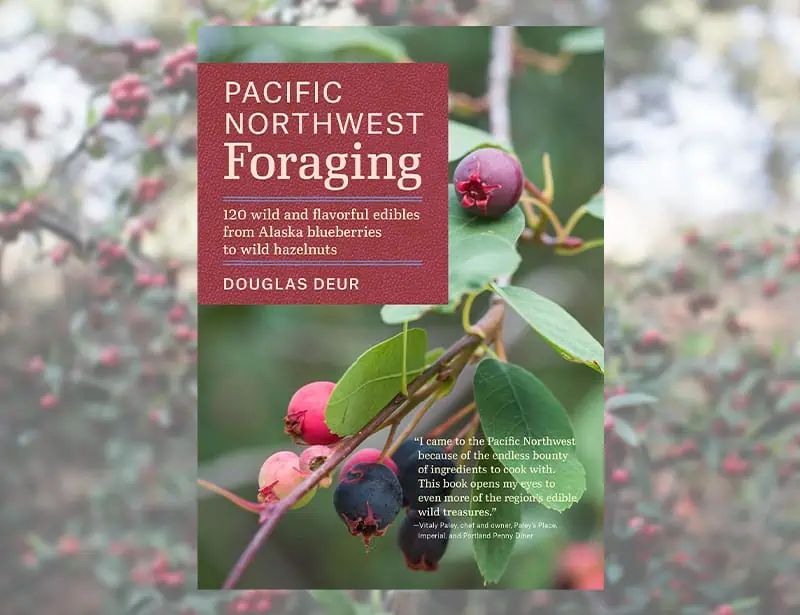
If you want to become familiar with edible plants in this region, this book is incredibly valuable. It is beneficial if you’re just starting to forage within the area. It covers plenty of plant species and uses two color pictures to help you identify them. You also find sections in the book that show you when, where, and how to safely collect these plants while also warning you of potentially harmful plants.
Wrapping up
Foraging can be exciting and somewhat terrifying. Thankfully, great resources are out there to help you begin your journey. You can go through our list above, covering the best foraging books. Alternatively, we recommend checking out an online foraging course or signing up for local classes.
Jen’s a passionate environmentalist and sustainability expert. With a science degree from Babcock University Jen loves applying her research skills to craft editorial that connects with our global changemaker and readership audiences centered around topics including zero waste, sustainability, climate change, and biodiversity.
Elsewhere Jen’s interests include the role that future technology and data have in helping us solve some of the planet’s biggest challenges.

